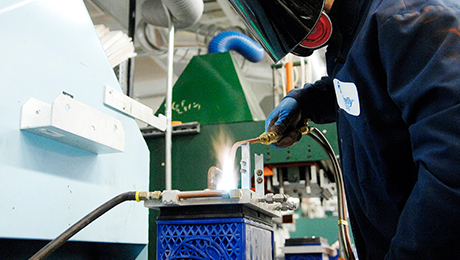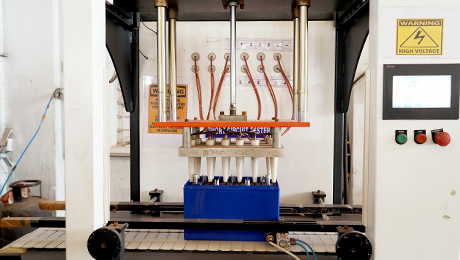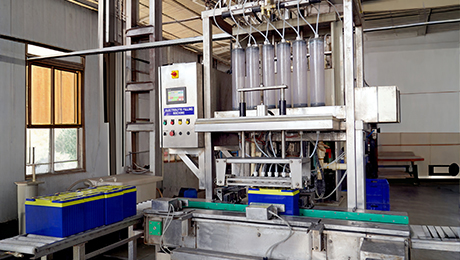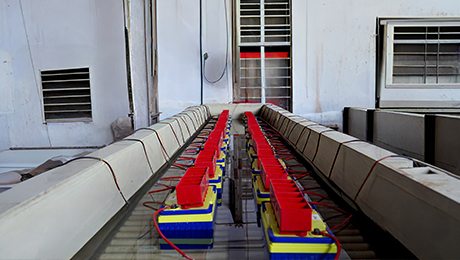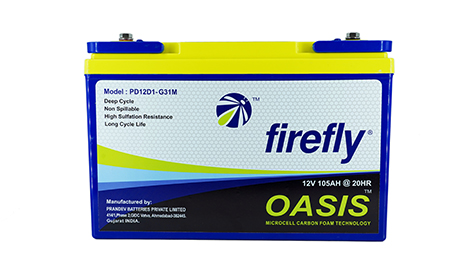RV / Marine

Whether it’s a boat, or RV, we need reliable batteries to relax and enjoy all our leisure activities.
Owning the highest quality equipment with the most reliable power for your Marine or RV is a
top priority for what matters most to you. Whatever your passion, nothing brings you closer
to the great outdoors than a battery that provides rugged durability with outstanding
performance.
Engineered specifically to meet the increasing demands of today’s recreation enthusiasts,
Firefly MCF Technology results in a superior battery with maximum sustained performance,
longer life and increased total energy.
Firefly OASIS MCF G31M are non-spillable, maintenance-free Gel batteries that deliver
superior power in demanding Marine and RV applications. Proprietary formulations provide
consistent performance and significant advantages over competing products.
Selecting the wrong type of battery will cause disappointing performance, shortened lifetime
and wasted money.
Most flooded starting and traditional AGM batteries are best suited for intermittent use and
not deep-cycle applications.
- Most boat batteries are “dual-purpose” – starting / cycling
- Large RVs require separate deep-cycle batteries for overnight “house loads”
- Limited space for the battery, so energy density is highly valued
- Battery sulphation during off-season storage is a major issue

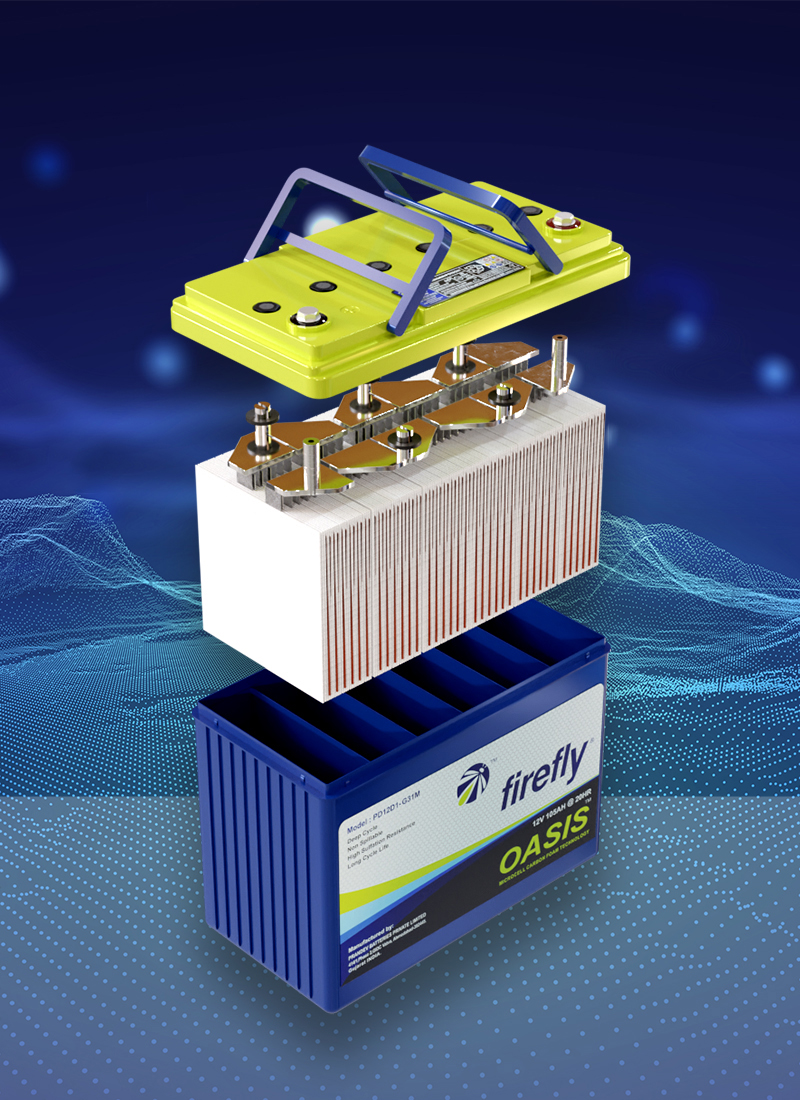
- Only battery in the world that offers long life even under partial state of charge operations
- Provides both high discharge current capacity and deep cycling
- Fast recharge
- Throughput efficiency > 90%
- Competitive cycle life cost per KWh
- Simple battery management systems – does not require thermal management
- Reliability and stability (corrosion and sulphation resistance) as compared to conventional lead acid batteries
- Firefly technology has high resistance to the damaging effects of low state of charge (sulphation)
- Recycling with existing lead acid battery disposal infrastructures





